The Pawsome Work of Guide Dogs Australia
Time for an intermission post as Pawgust 2020 continues. Here at Trekzone we’re supporting this awesome cause and today we’re checking out the Queensland school of Guide Dogs Australia.
Time for an intermission post as Pawgust 2020 continues. Here at Trekzone we’re supporting this awesome cause and today we’re checking out the Queensland school of Guide Dogs Australia.
The FCC in the US has greenlit Amazon’s ambitious plans to compete with Starlink for global satellite internet dominance. The Jeff Bezos led company has a leg up on Elon Musk’s project though, given Amazon Web Services serve much of the internet backbone already, and there are ground based stations worldwide.
Astronomers long thought the earliest stars had all died out, and the universe was on it’s third generation of pinpoints of light in the night sky. However, the Phoenix cluster has thrown those theories out the window… as it’s jam packed with “first generation” stars.
Astronauts Bob Behnken and Doug Hurley are back on Earth following the successful test flight of the Crew Dragon capsule. It means NASA is back in the game of launching astronauts from American soil, for the first time since the shuttle retired almost a decade ago.
It’s the Star Trek Fan Film that’s been promised for five years. After putting our coverage aside for eighteen months, it’s time to check in with Axamonitor’s Carlos Pedraza to see if any progress has been made.
As Perseverance finally launches, SpaceX completes it’s final test flight for Crew Dragon and a globular cluster of stars has astronomers rethinking what they thought they knew about their life cycles.
It’s time to change things up here at Trekzone. Find out why in this special edition.
It’s all wrapped up in today’s Talkin’ Science LIVE and Uncut.

Russia says it’s using new technology to perform checks on Russian space equipment, the Americans and the British claim it’s an anti-satellite weapon.

Accompanied by two giant gas planets, a very young Sun-like star has been photographed by the European Southern Observatories Very Large Telescope.

Once thought dormant, our other nearest planet – the one that’s not Mars – has astronomers speculating that there is volcanic activity on the surface.

It’s time for another edition of Talkin’ Science with Dr Brad Tucker and Matt Miller.

It’s time to wrap up Aussie Space Month here on Trekzone, with a clip show…

This week, we’ve brought you info on the latest images of our Sun, the successful launch of the UAE’s mission to Mars and we also took stock of Australia’s astronomical capabilities over the last half a decade.

The Australian Academy of Science has released a review of Australia’s astronomical community and infrastructure at the half way point of a decade-long plan.

The Emirates Mars Mission – or Hope – has successfully lifted off from Earth bound for the red planet.
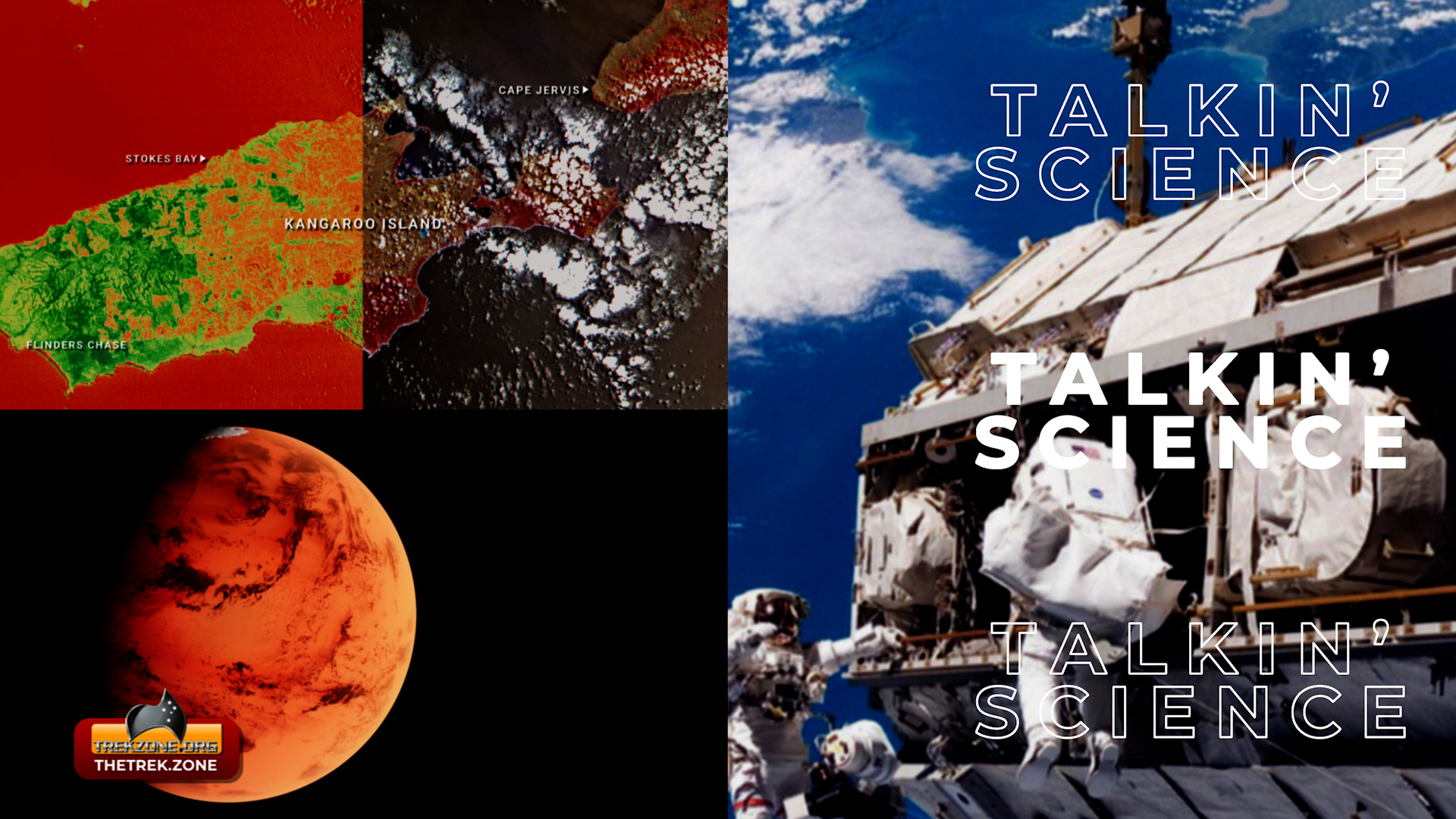
It’s the end of the third week of March 2025. Here’s the science and space
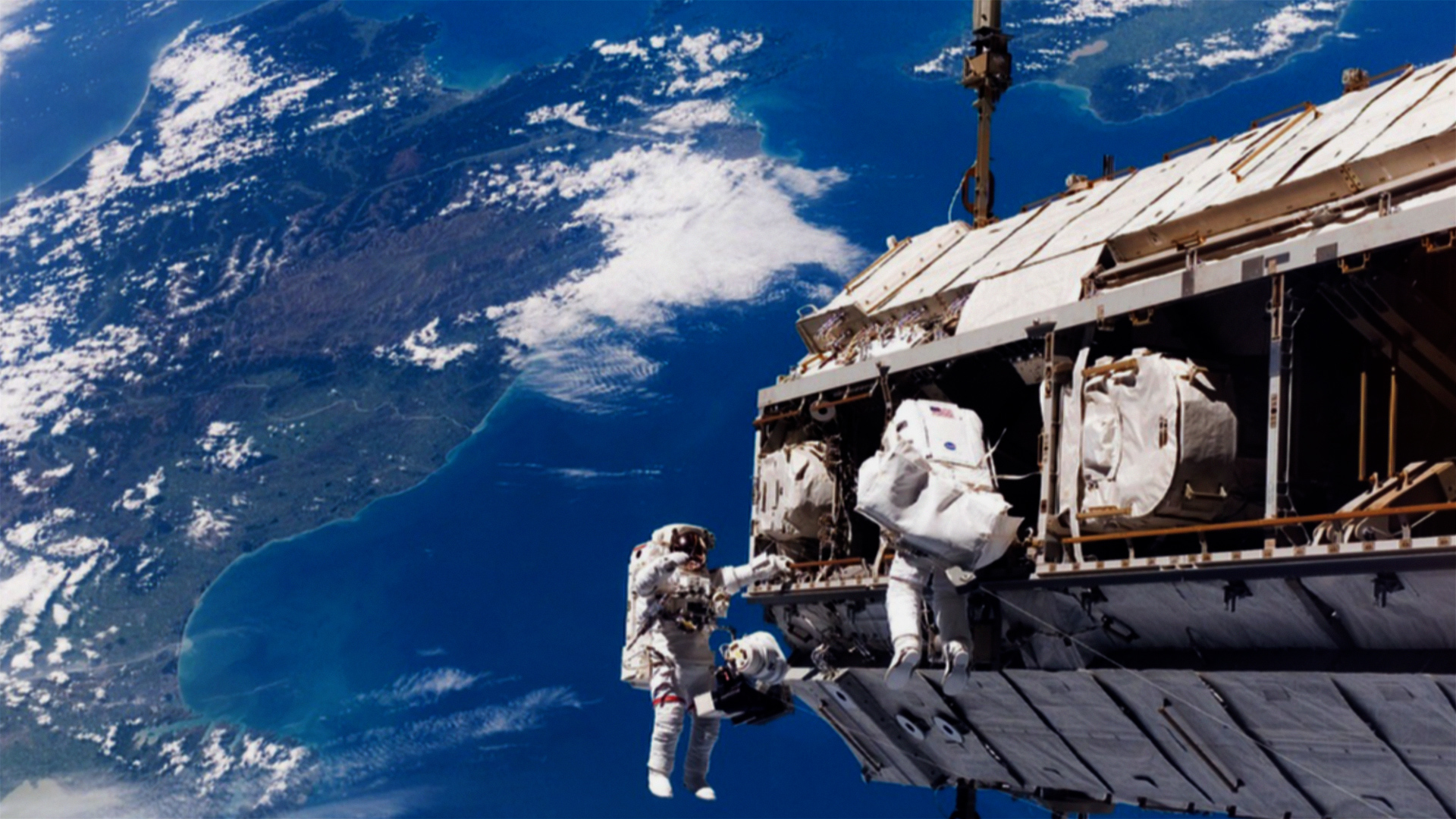
Astronauts often experience immune dysfunction, skin rashes, and other inflammatory conditions while travelling in space, and international researchers believe these issues are likely due to the overly sterile nature of the International Space Station.
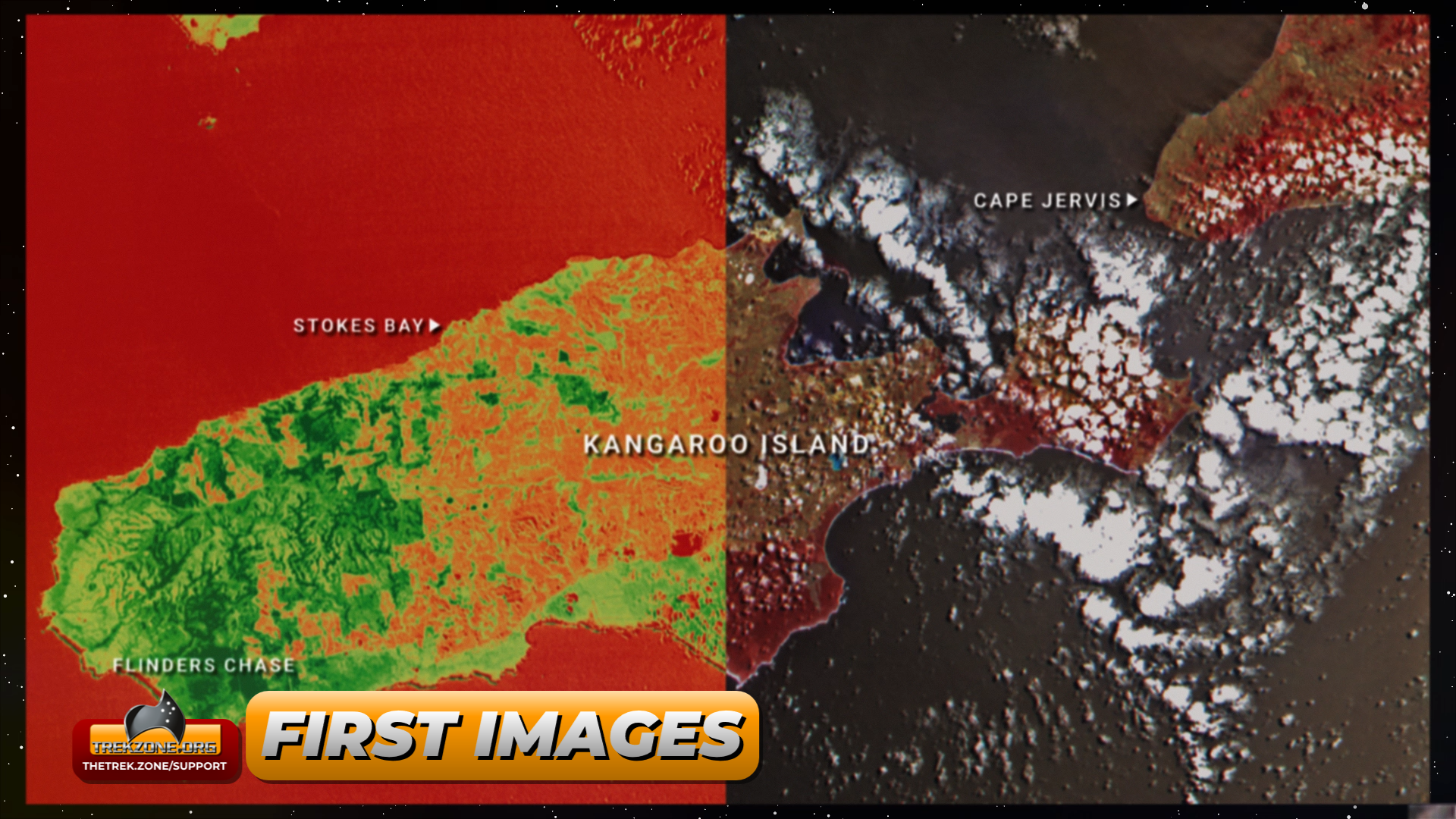
Australia’s first state government funded satellite, Kanyini, has delivered its first images from space, marking
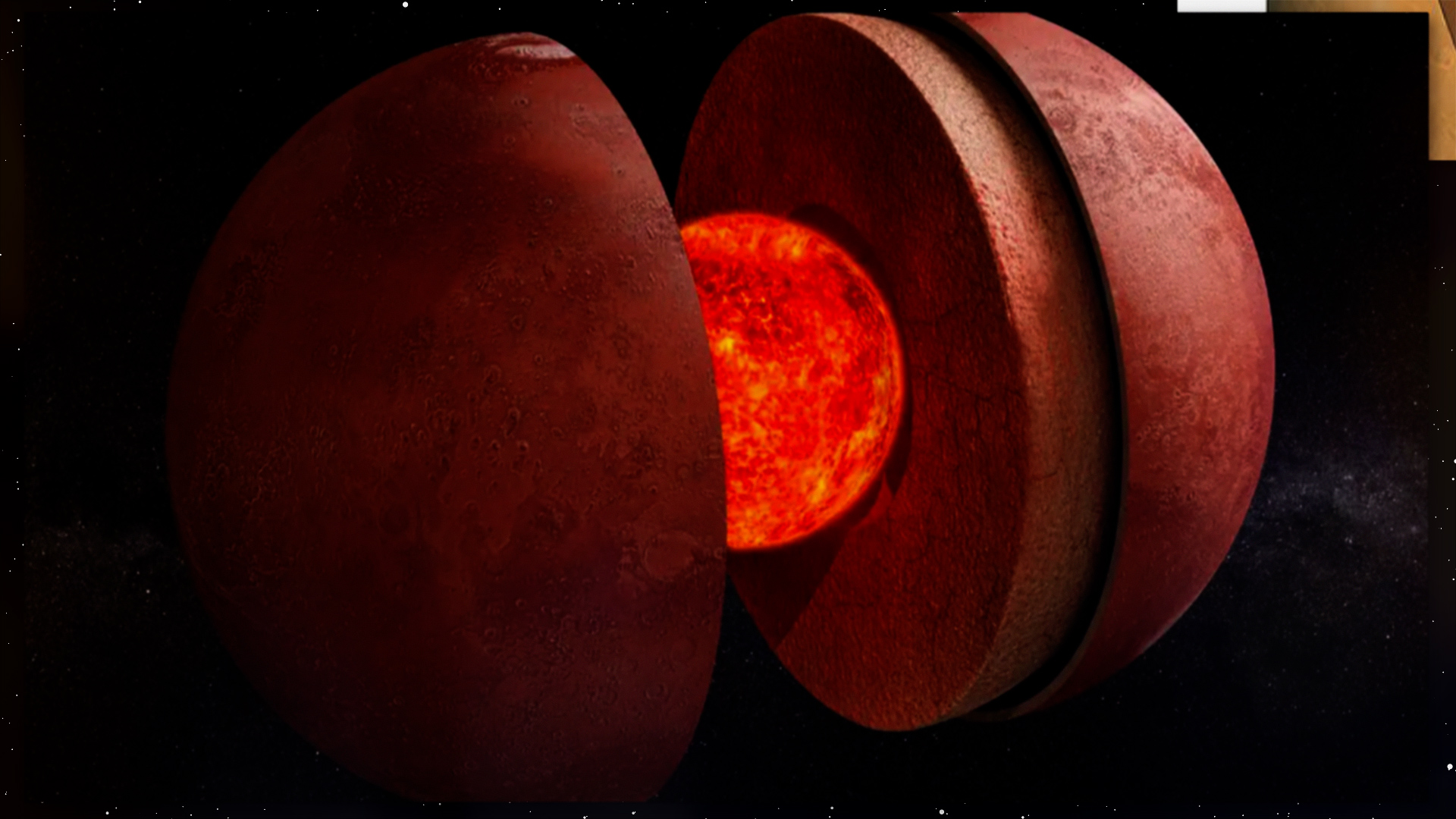
Data from NASA’s InSight mission suggest Mars has a liquid core similar to Earth’s, but European scientists say the core may be solid, at least below a certain temperature.
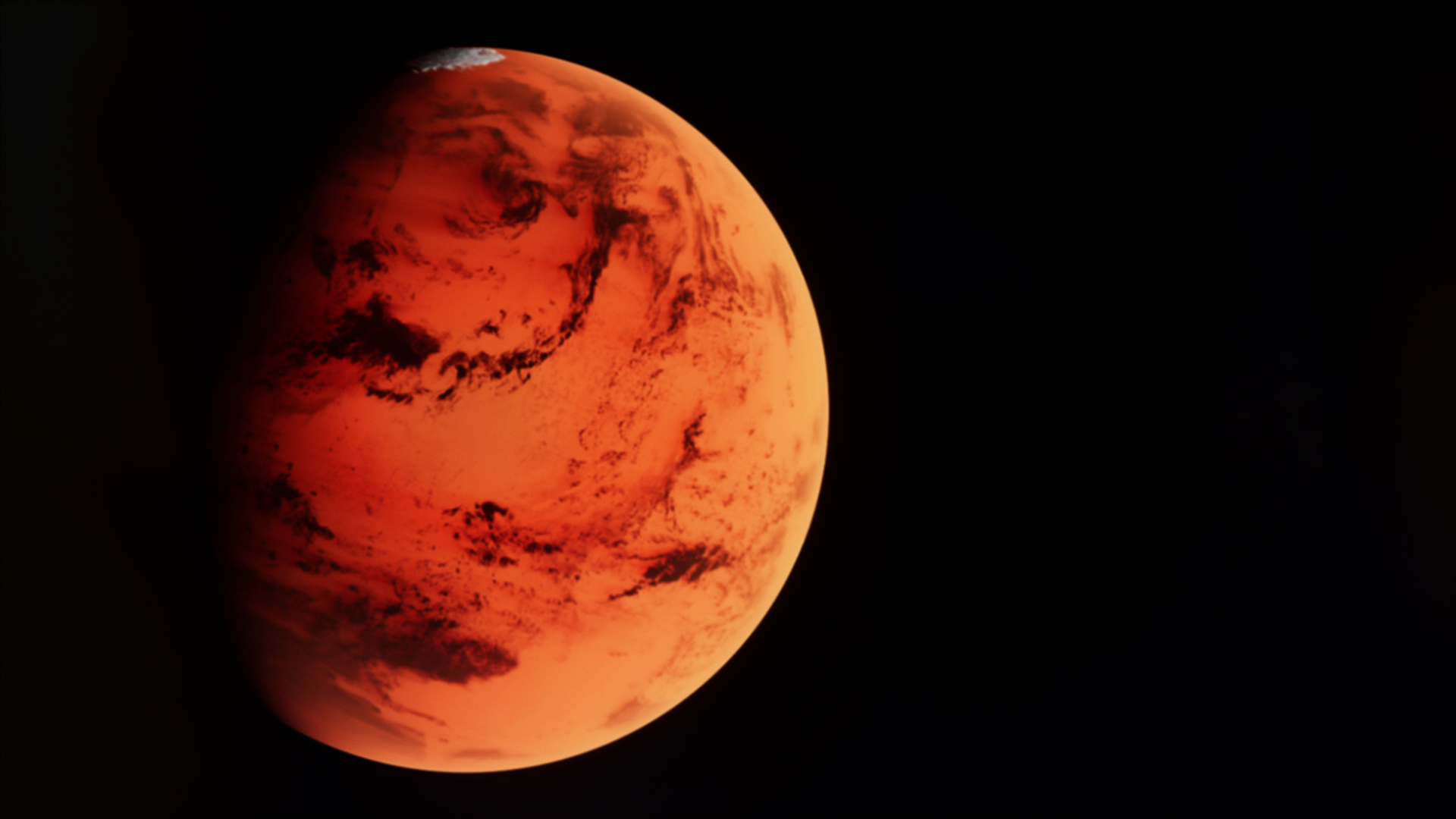
Scientists have successfully used lasers to identify microbe fossils in rocks from Earth, which are like the rocks found on Mars, opening up the possibility of searching for fossils on the Red Planet.
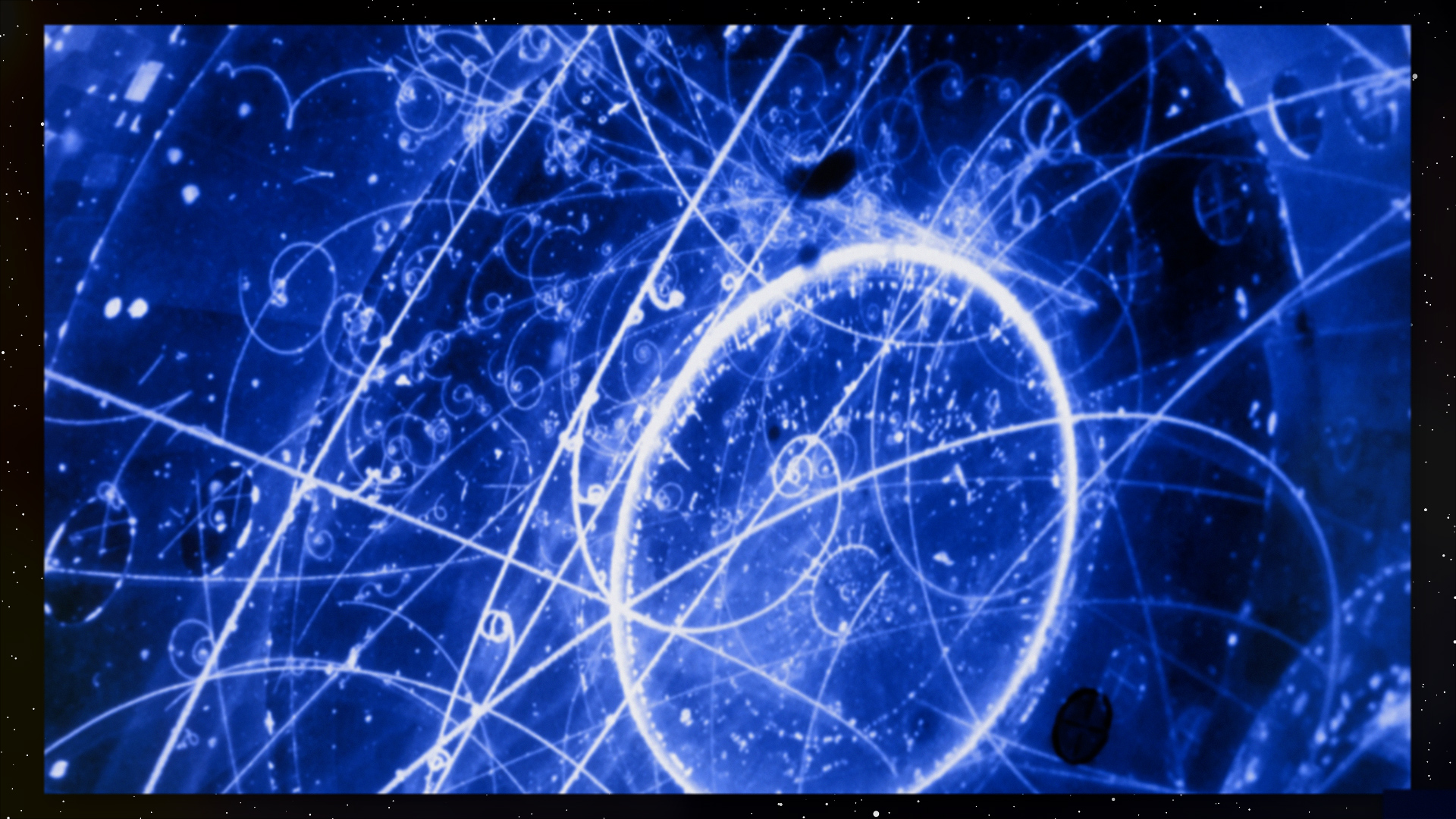
International scientists, including an Australian, say they’ve found evidence of the highest-energy neutrino detected to date. The result suggests the particle came from beyond our Milky Way, they say, although its precise origin remains mysterious.

We’re bold, innovative and ambitious digital media creators,
consumers and producers.
We are Trekzone Media.
This is TREKZONE.org.

It’s the end of the third week of March 2025. Here’s the science and space headlines from the week that was… Kanyini phones home, shows

Astronauts often experience immune dysfunction, skin rashes, and other inflammatory conditions while travelling in space, and international researchers believe these issues are likely due to the overly sterile nature of the International Space Station.

Australia’s first state government funded satellite, Kanyini, has delivered its first images from space, marking a significant milestone for the space mission. Mission Director Peter

Data from NASA’s InSight mission suggest Mars has a liquid core similar to Earth’s, but European scientists say the core may be solid, at least below a certain temperature.

Scientists have successfully used lasers to identify microbe fossils in rocks from Earth, which are like the rocks found on Mars, opening up the possibility of searching for fossils on the Red Planet.

International scientists, including an Australian, say they’ve found evidence of the highest-energy neutrino detected to date. The result suggests the particle came from beyond our Milky Way, they say, although its precise origin remains mysterious.
© Trekzone Media MMXXV. All Rights Reserved.
The views and opinions expressed by guests on our podcasts are their own and do not necessarily reflect those of Trekzone Media or its employees.